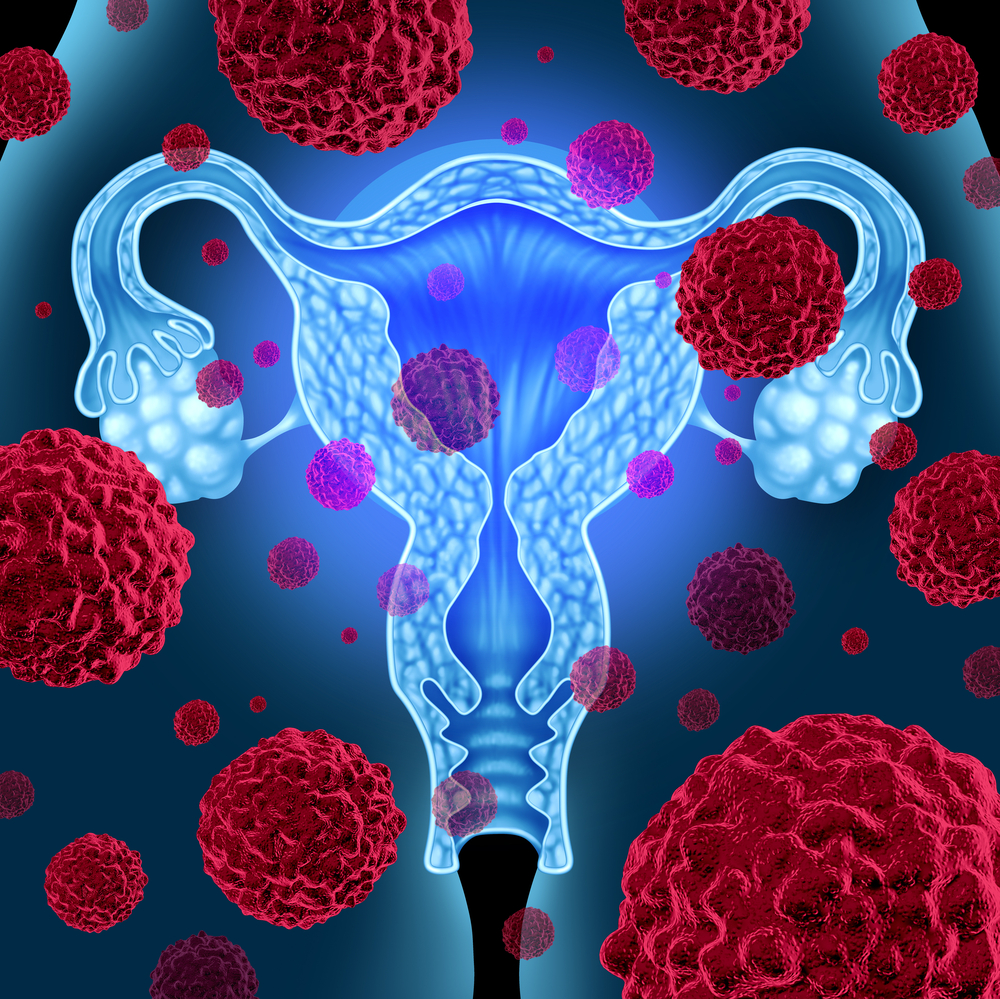Certain proteins that are essential to healthy cell function can be detrimental to a patient when they act in cancer cells. The protein nuclear factor erthroid-2-related factor 2 (NFE2L2, or NRF2) can help normal cells survive oxidative damage and prevent inflammation, but in cancer cells, it can contribute to chemotherapy resistance and proliferation–which leads to increased tumor growth. Researchers at the First Affiliated Hospital of Xinjiang Medical University in China believed that cell signalling pathways associated with NRF2 are dysfunctional in cervical cancer cells, and as such tested their hypothesis in the study “Functional Role of NRF2 in Cervical Carcinogenesis” which was published in the journal PLOS One. The team discovered that an inhibitor of NRF2, Keap1, is repressed in cervical cancer cells, potentially leading to poor prognoses for patients.
“The Keap1-NRF2 pathway is dysfunctional in multiple tumor types,” wrote Dr. Jun-Qi Ma and Dr. Hatila Tuersun, co-lead authors on the paper. “Among Uighur women, the incidence of cervical squamous cell carcinoma (CSCC) and cervical intraepithelial neoplasia (CIN) was associated with elevated nuclear expression of NRF2 and decreased cytoplasmic expression of Keap1.” Normally, Keap1 binds to NRF2 and inhibits its activity. In the case where Keap1 is inactivated, deficient, mutated, or suppressed, it can no longer mediate tumor suppression by inhibiting NRF2.
As an explanation for a decreased presence of Keap1 in the cells of cervical cancer patients, the authors proposed that a chemical modification–methylation–of DNA causes Keap1 to be minimally synthesized in cervical cancer cells. This has been previously shown in the cases of malignant gliomas, breast cancers, and colorectal cancers, where the gene encoding Keap1 (KEAP1) is hypermethylated.
To test this hypothesis, the researchers collected 16 CSCC tissue samples from cervical cancer patients and compared them with those taken from individuals without cancer. Using special staining techniques, the authors noted that NRF2 was highly present in the nuclei of cancer tissue, whereas NRF2 was more disperse in the cytoplasm of normal cells. Compared to normal cells, cancer cells had significantly less Keap1.
Clinically relevant information was also gained from this study. The researchers correlated NRF2 and Keap1 expression to clinical data from 89 patiens with CSCC. Their analysis showed that “Increased expression of NRF2 was significantly associated with positive lymph node metastasis and poor differentiation.” Further, “Keap1 staining correlated with tumor stage (FIGO stage I B to IIB), lymph node status (N0 to N1), and pathological grade (GI to GIII).”
Since these two proteins seem to be related to the severity of cervical cancer, they may serve as important prognostic markers that clinicians can use to help determine their patients’ cancer progression.

